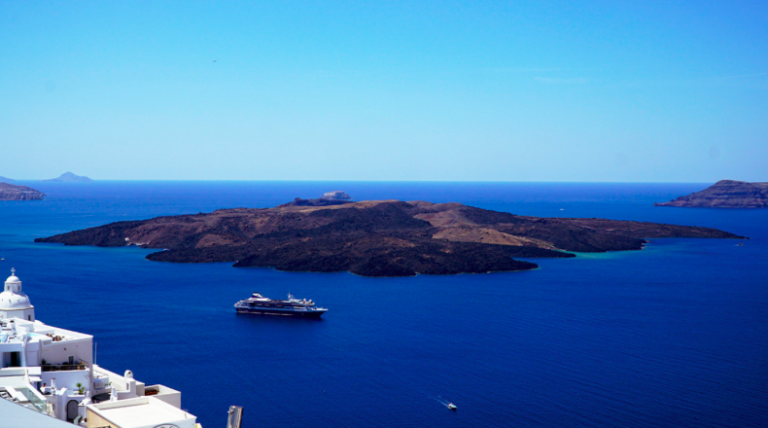Earthquakes continue in Santorini and surrounding islands, while Amorgos has been declared a state of emergency.
The research director of the Geodynamic Institute, Thanasis Ganas, spoke to Alpha and reported on the Caldera.
“We have recorded a rise in the Caldera of up to 4 cm from August 2024 to the present day. We have also observed horizontal eastward movements of the caldera by about 6 centimeters. This is a result of stimulation. I can’t say it’s alarming now because we’ve seen it in 2011-2012 and it wasn’t followed by an eruption. But it is a significant change and we need to monitor it,” he said initially.
Up to 140 earthquakes above 3 Richter per 24 hours
Professor of seismology, Kostas Papazachos, spoke about continuous earthquakes.
Specifically, he told Mega’s “Live News” show, “The situation is what was announced yesterday. We have a sequence that persists, that’s why we say stable, now at high levels. To give you an idea, we have 130-140 earthquakes above 3 Richter per day. That’s fifteen to twenty of 4 Richter, one or two of 5 a day statistically, some means we may have one, sometimes two, and sometimes three. This situation has been stable for about 12 days now. There was a slight lull in between, but now it’s continuing at the same pace. So we are talking about a sequence that a decade or more remains with the same difficulties,” the seismology professor said initially.
“It’s not necessarily activation of different faults, if you look at the seismograms you will see something very classic. That is, you have a group of earthquakes that can last for an hour or two or more. A gap that can be 6-10 hours and then again an activity. And in fact, the residents know this and have been aware of this quite early on. When that activity happens to be at night, the night is more difficult. If it’s in the daytime it’s less important. The joke that exists among the residents is that they prefer this to be done around 7-8 in the evening so they can have a quiet evening. This is a very typical phenomenon and it happens when we have fluid action on faults which creates an episodic generation of earthquakes,” Papazachos added.
“Magma and fluids are different things. Nobody knows at this moment whether at that depth or greater depths there is any magmatic material. There are some suspicions from more general studies, but at the moment we don’t know if there is any magmatic material and there doesn’t seem to be any, there are scenarios that mention that but they are not scenarios that I can say have any proof at the moment. Even for the fluids, it’s an interpretation because in several earthquakes it’s been seen. And in tectonic earthquakes. It has been observed in the Sea of Marmara and also in purely tectonic areas. And these earthquake regressions, if you look at major announcements from international centers, they say exactly that. The same thing happens in areas completely outside the volcanic arc, for example in Kefalonia, Lefkada. We know that within the crust there are various sources. In volcanic areas it is clear that they are connected and feed these faults,” he said, among other things.
Ask me anything
Explore related questions





